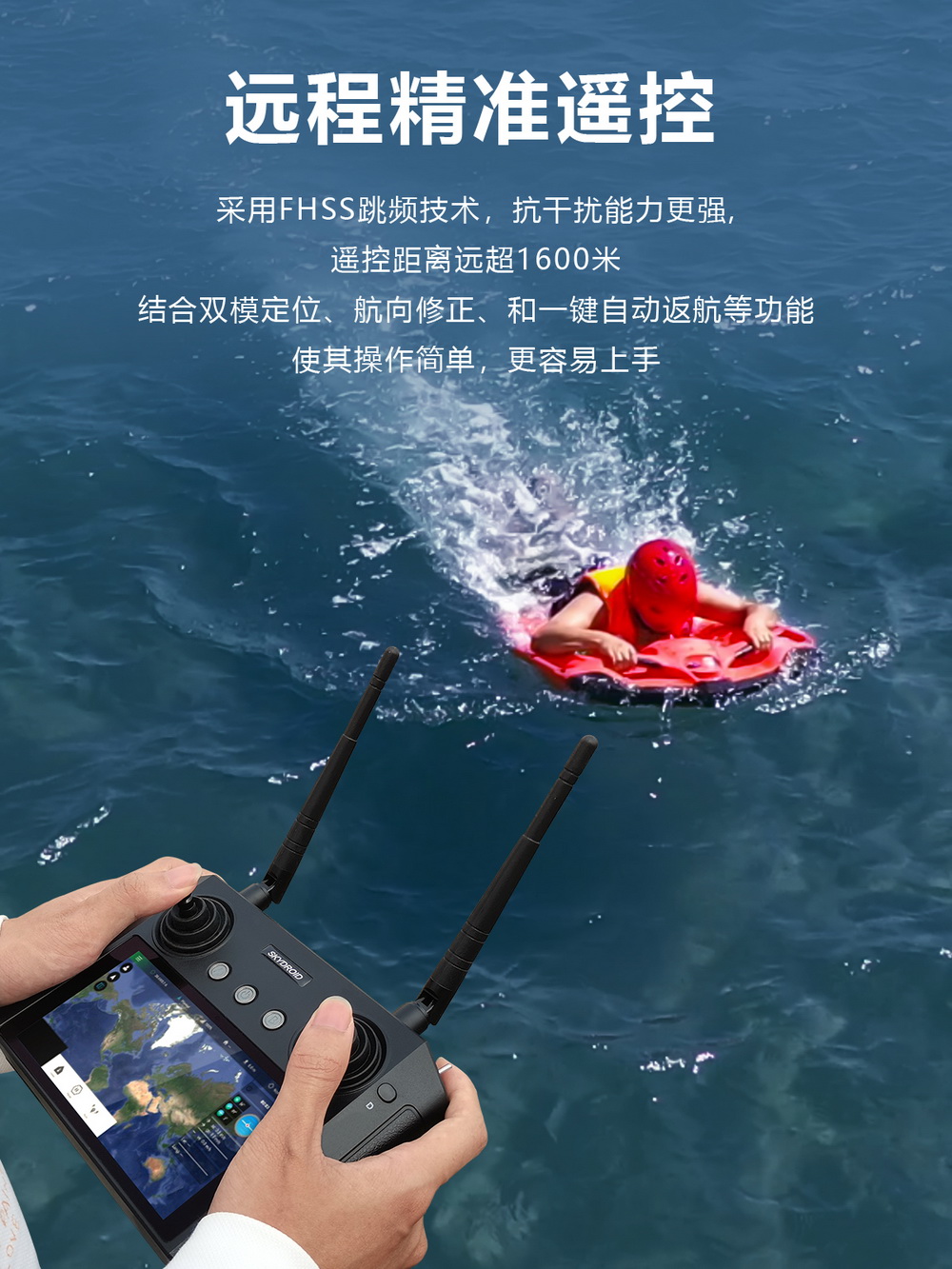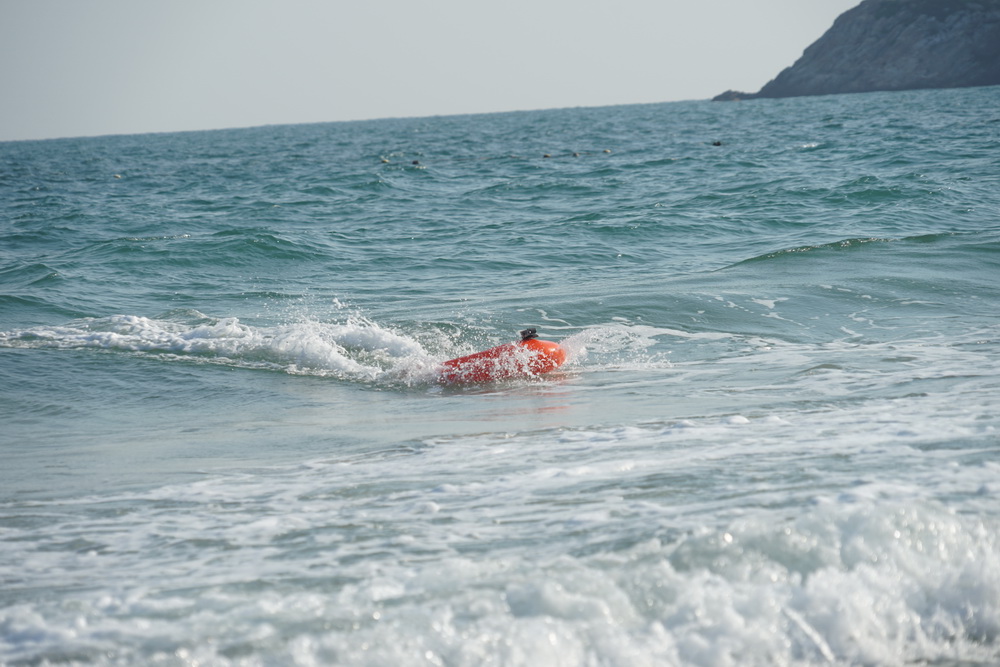In recent years, with continuous technological advancements, water rescue robots have emerged as a new type of intelligent rescue equipment, gradually being applied in real-world water rescue operations. Especially in complex and fast-flowing sections of the Yellow River, traditional manual rescue methods face significant challenges. The introduction of the "water rescue robot" has provided strong technical support for improving rescue efficiency and ensuring the safety of rescue personnel. This article highlights the outstanding performance of the "water rescue robot" through a real-life rescue case on the Yellow River.


 .
.

Water Rescue Robot: A Key Force Transforming Traditional Rescue Methods
In July 2023, heavy rainfall caused a sharp rise in water levels in a midstream section of the Yellow River. A villager accidentally fell into the river while crossing and was swept downstream by the strong current. Local fire and rescue teams responded immediately. However, with water flow exceeding 3 meters per second and debris floating on the surface, traditional rescue boats struggled to approach, and sending rescuers into the water posed extreme risks.
At this critical moment, the rescue team swiftly deployed a "water rescue robot" for remote assistance. Capable of remote control and reaching targets within a 500-meter range, the robot reached the victim in just three minutes. Its U-shaped design allows victims to easily grab and hold on, providing stable buoyancy. Supported by the robot, the victim stabilized emotionally, and rescuers safely pulled both the victim and the device ashore using a tether rope.
Water Rescue Robot Significantly Improves Response Time
The entire rescue operation—from deployment to successful recovery—was completed in only 12 minutes, far shorter than the average 30+ minutes required by traditional methods. The "water rescue robot" not only eliminated risks to human rescuers but also greatly reduced the critical rescue window. According to the on-site commander, the device features waterproofing, impact resistance, remote control, and real-time video transmission, enabling stable operation even in the Yellow River’s turbid and fast-moving waters.
More importantly, the "water rescue robot" is reusable and low-maintenance, making it ideal for routine deployment in high-risk river sections during flood seasons. Currently, emergency response teams across multiple provinces along the Yellow River have begun equipping such devices as standard tools for water rescue operations.
Water Rescue Robot Holds Broad Prospects for Future Applications
This Yellow River rescue case fully demonstrated the "water rescue robot’s" operational capability in complex natural environments. It exemplifies how technology empowers public safety and offers new insights for building smarter emergency response systems. As artificial intelligence and autonomous navigation technologies integrate further, the "water rescue robot" will evolve toward greater intelligence and autonomy, significantly enhancing China’s overall water rescue capabilities.
It is foreseeable that in the near future, the "water rescue robot" will become an indispensable core asset in rescue operations across rivers, lakes, and seas, contributing greater technological strength to safeguarding people’s lives.




















 Current Position:
Current Position:












